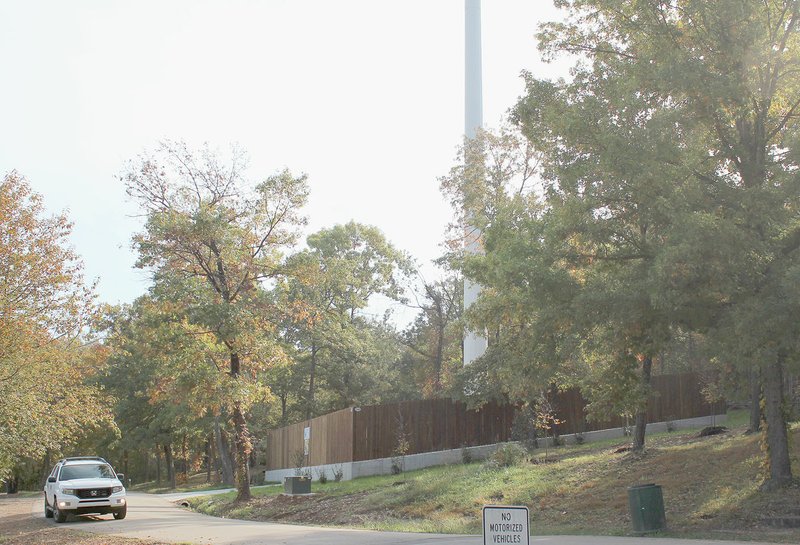FARMINGTON -- The City Council last week placed two ordinances on first reading to regulate wireless telecommunication facilities within the city limits.
One ordinance deals with the placement of cell towers and the other deals with the placement of small wireless facilities that are installed in public right-of-ways, such as on utility poles, or on other buildings or structures.
City Attorney Steve Tennant recommended leaving the ordinances on first reading to give Council members time to look over the proposals and ask any questions. The Council could suspend the rules at its May 14 meeting to adopt the ordinances at that time, Tennant said.
Cell Tower Ordinance
The proposed ordinance for cell towers would replace one that is about 10 years old and was approved when discussions were going on at that time about a cell tower at the Golf Course at Valley View. Property owners around the golf course expressed opposition to a tower near one of the holes.
An application for a new wireless telecommunications facility must be approved by Farmington Planning Commission as a conditional use permit. Commissioners would have the ability to set the conditions under which the cell tower would be acceptable.
The application must include a map of the area, a letter of intent from at least one wireless communication carrier, a site plan showing the proposed tower, existing land use, access roads and surface material, proposed tower lease area, fencing, parking and signage.
The applicant also is required to submit a letter stating why the proposed site was chosen.
New towers are limited to monopole or other stealth/camouflaged-type tower structures with a maximum height of 150 feet. The ordinance requires camouflaging or stealth technology for new towers and this can include compatible building materials, landscaping and screening.
The Planning Commission or city staff would have the option to require a balloon test and crane test photographs to illustrate how the area would look with a tower in place.
Fees required include a $2,000 review fee for new towers, $300 for co-location or new antennae applications, and $500 for administrative wireless facility applications for a new tower (following the approval of a conditional use permit).
Tennant pointed out cell towers today look much different than ones in the past that were constructed with a type of lattice work.
"Most of these are 150-foot-tall flag poles," Tennant said. "It's a flag pole without a flag."
Tennant has worked with Juliet Richey of Brooks Landscape Architecture and Planning in Fayetteville on the updated ordinance. Richey represents Smith Communications of Fayetteville, which has expressed interest in installing a cell tower behind Farmington Church of Christ on Main Street.
Richey told Council members a cell tower would be lease area and in most cases the base of a tower would be from 50 feet by 50 feet to 70 feet by 70 feet.
Council member Diane Bryant said she thought the new ordinance seemed like it would be good for Farmington "as long as the Planning Commission has some oversight."
Small Wireless Facilities
The second ordinance defines a small wireless facility as one, excluding satellite television dish antenna, installed to provide wireless voice, data and image transmission within a designated area. Its base may not be larger than 3 feet high and 2 feet wide. Related equipment is restricted to a maximum square footage of 10 square feet and a maximum height of 2 feet.
A small cell facility can be installed on existing rooftops, structures or support structures where permitted.
The ordinance requires a conditional use permit from the Planning Commission. The preferred installment is to place small wireless facilities on existing structures to reduce visual clutter.
According to the ordinance, small cell facilities must be installed with the use of stealth concealment techniques. Stealth proposals must visually match existing structures and completely enclose, cover or disguise all elements of the facility.
General News on 04/18/2018
